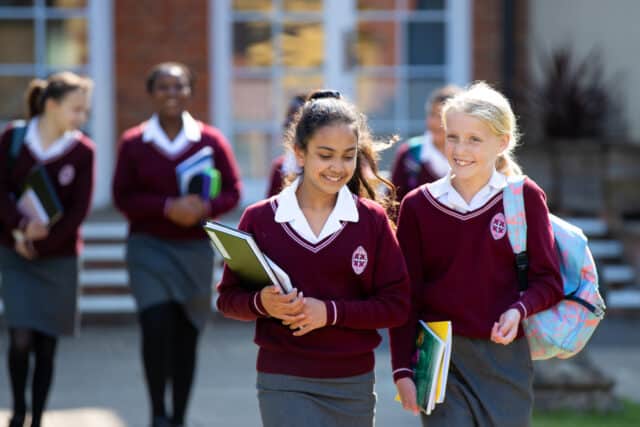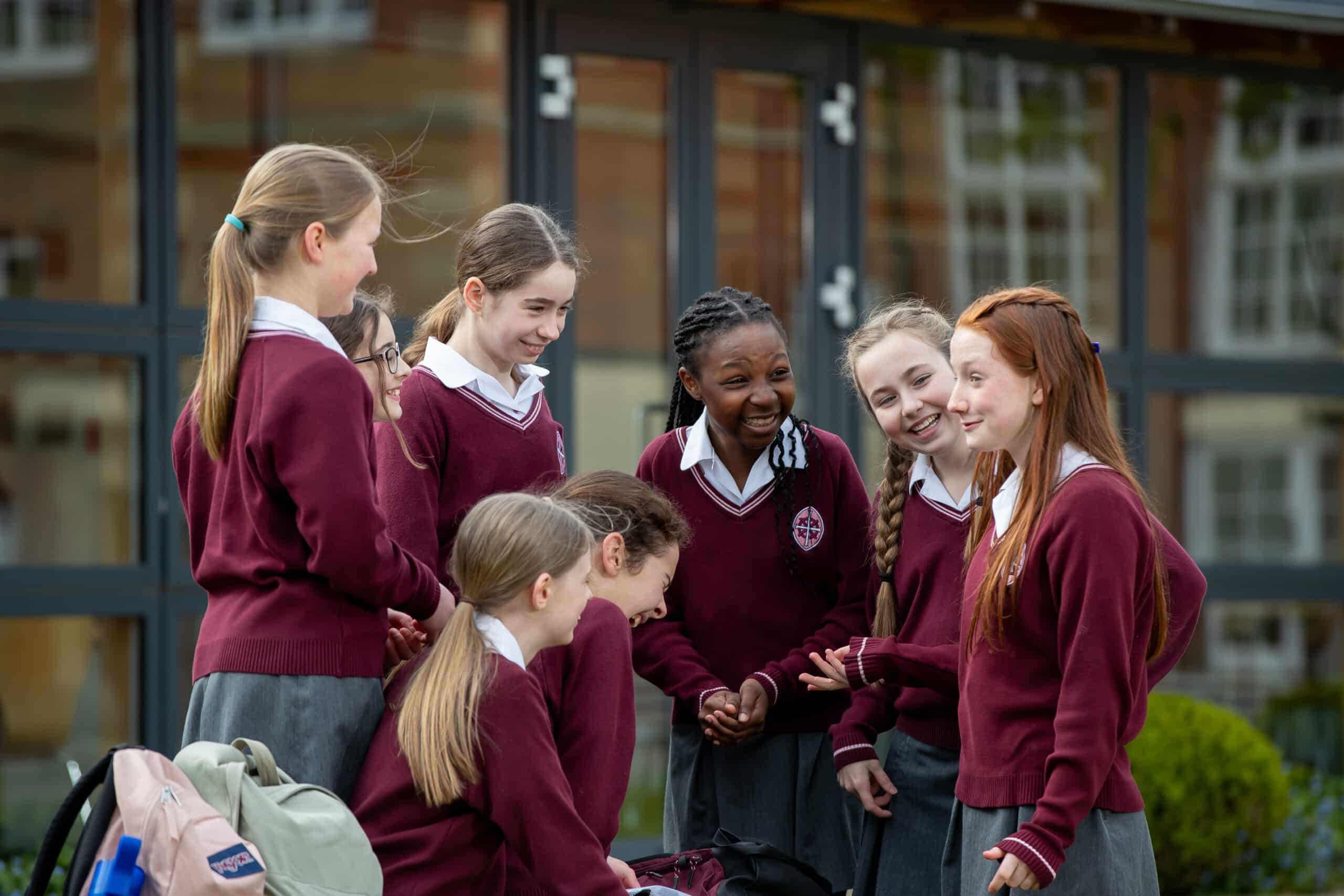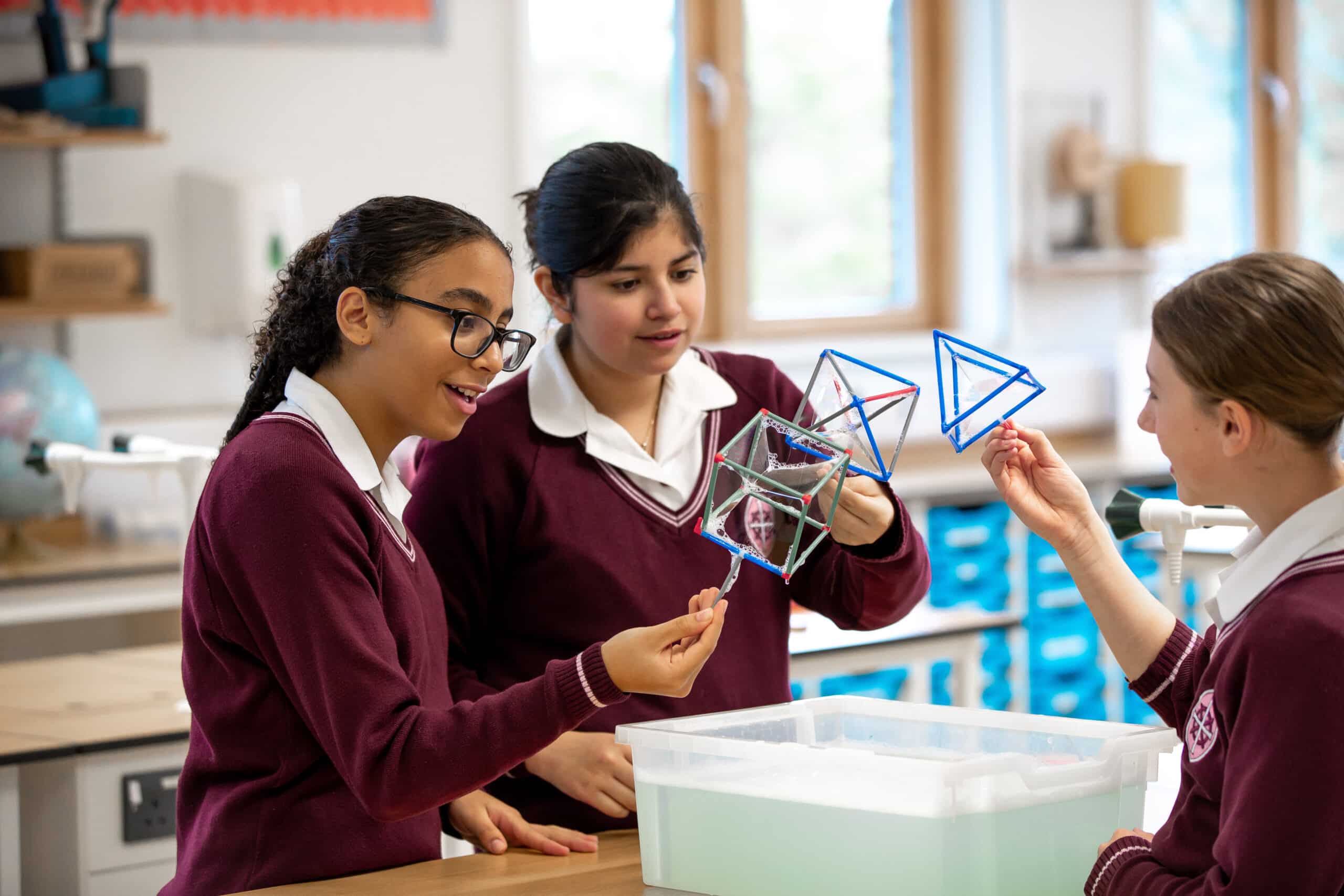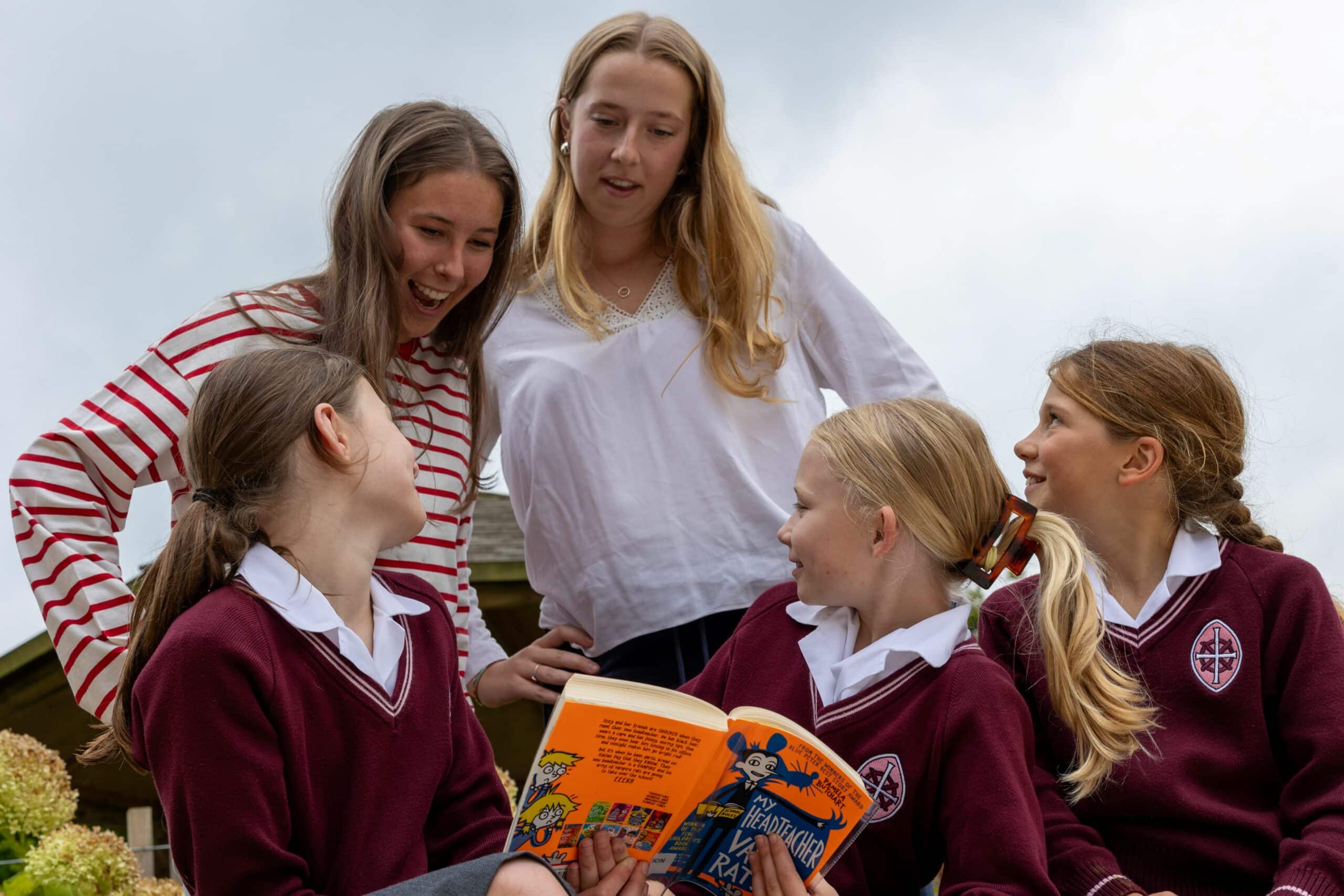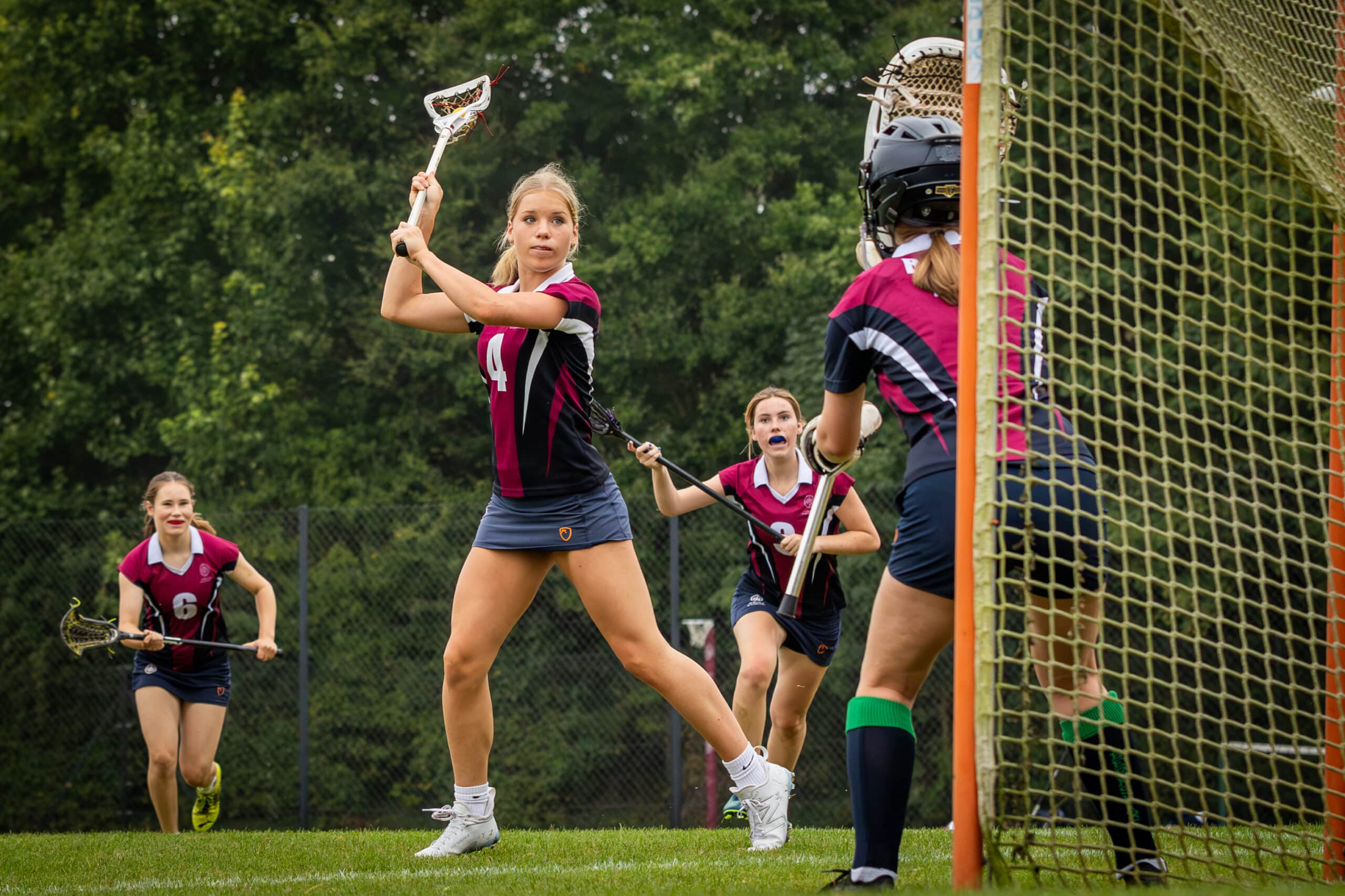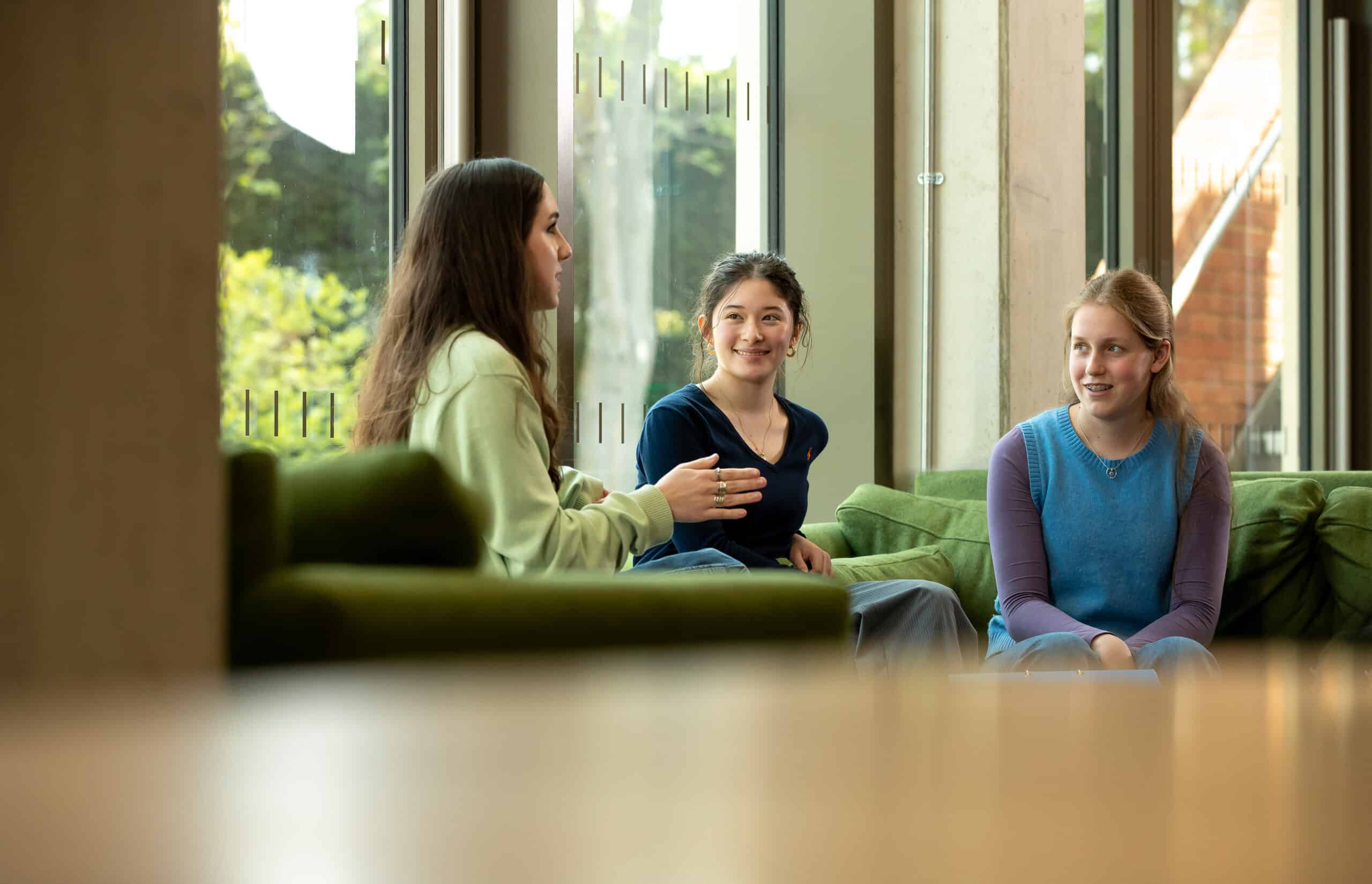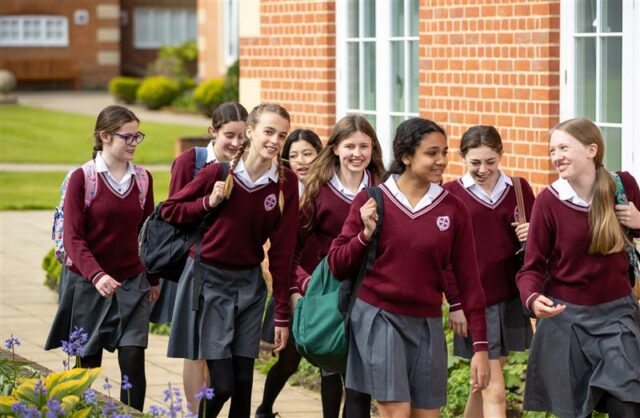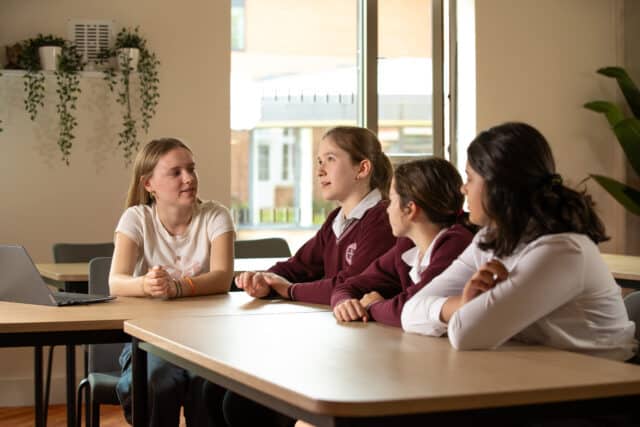Head of Athletic Development & Health, Mr Wall, shares the latest in sports science related to youth sporting development at St Helen and St Katharine
Why is there an athletic development and health focus at St Helen and St Katharine?
From a large focus to small, from supporting the needs of the human beings with physical activity, sleep, nutrition, lifestyle, to individuals with their personal aims in sport performance or general health, athletic development encompasses multiple aspects which are intricately interlinked to support each individual’s development. This first blog will focus on the needs of a school environment and specifically the growth and maturation of the teenage students within it.
What are the needs of the school?
At St Helen and St Katharine we have over 700 students from Year 5 to Upper Sixth (9–18 years old) all on their own developmental journey physically, mentally and socially. Young girls have their own specific considerations at various timepoints within their growth and maturation. Generally, the onset of puberty is between the ages of 10 and 14, with peak growth rates at around 12 years old, however the timing and amplitude of growth is a highly individualised. Puberty can be a challenging time for teenagers, marked by the prominent physical changes which in turn influence girls’ self-perceptions. It is the changes in self-perceptions, for example perceptions of competence in sports or physical activity that are associated with the distinct decrease in physical activity around the time of puberty for girls.
Therefore, the role of athletic development in our school setting is to provide students with the opportunity to develop their skills and nurture their actual physical competence during these challenging times. Athletic development can be an alternate avenue for girls to continue to progress and build confidence while experiencing the developmental changes of maturation. The research is indicative of such an ethos – young people who maintained participation in athletic activities showed more indicators of positive development into young adulthood (eg continued physical activity, better general health and fewer depressive symptoms). The importance of understanding, supporting and encouraging positive attitudes to the topics of health and wellbeing, physical activity, PE and sport through these time periods is critical.
Injury risk is another consequence of the developmental changes that are experienced during puberty that requires careful consideration. Longer limbs and increasing body mass as a result of growth make it harder for teenage girls to navigate their ever-changing environments. Rapid growth rates make it much harder to coordinate heavier and longer limbs either in their everyday environment or in a high skill environment such as sport. This period of time, generally referred to as ‘adolescent awkwardness’, is highly challenging and unsurprisingly injury risk spikes dramatically around this time. An injury at this sensitive time could be damming for continued participation in physical activity. Research has shown that in change of direction and landing movements that are very typical in sports such as netball and football, women are 4–6 times more likely to suffer from an ACL injury than males. The reasons are multifactorial around differences in physiology and anthropometrics but when adding adolescent awkwardness into the mix, special attention needs to be paid to these time periods of growth and maturation.
Taking a holistic approach to the development of young people is where athletic development and health comes into the school environment: acting as a facilitator to create frameworks for progression in developing physical competence and engagement for all students at various stages of their lives. The primary aim is understanding their development and supporting them through school to cultivate lifelong positive attitudes to health, wellbeing and physical activity.

